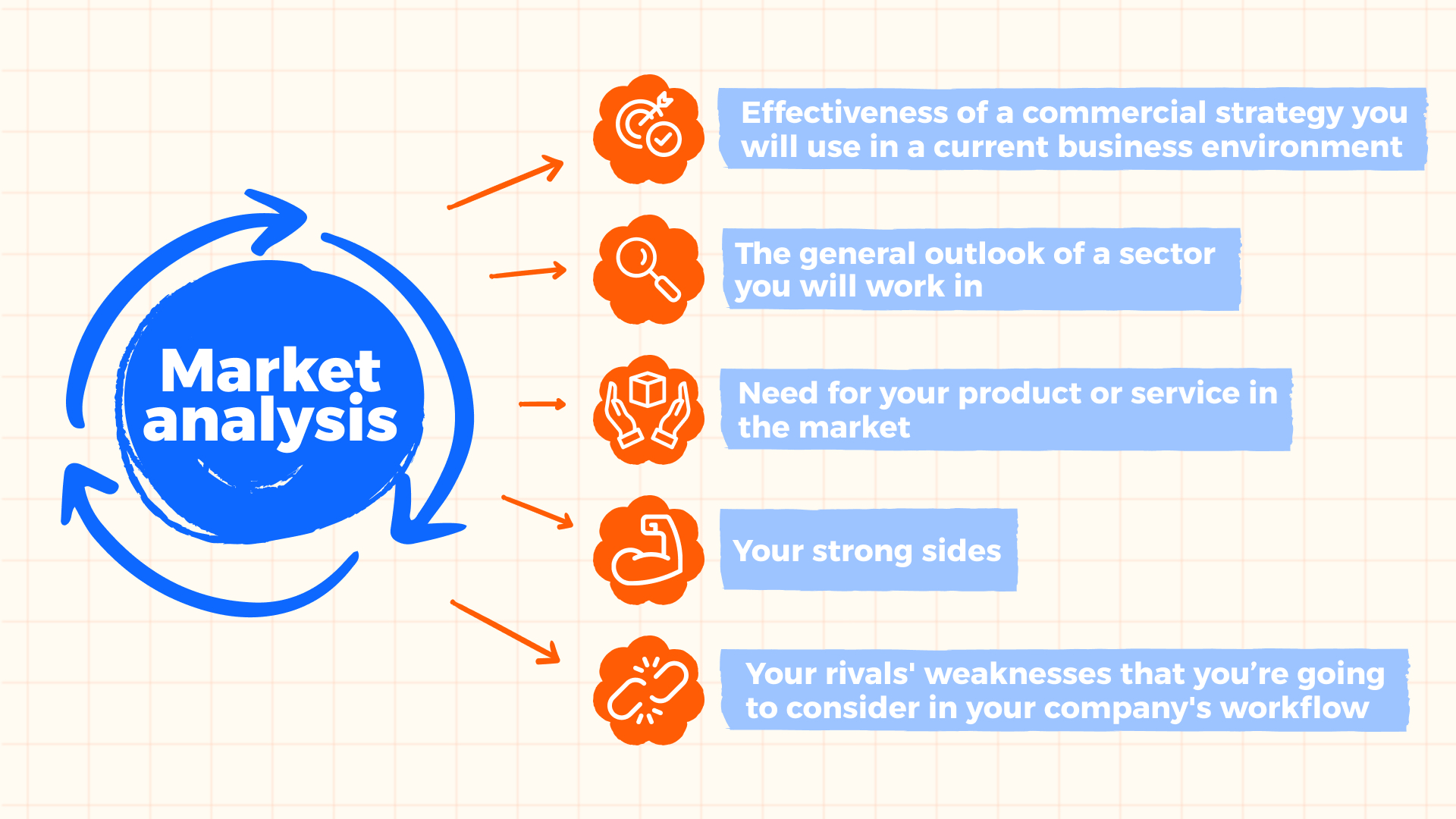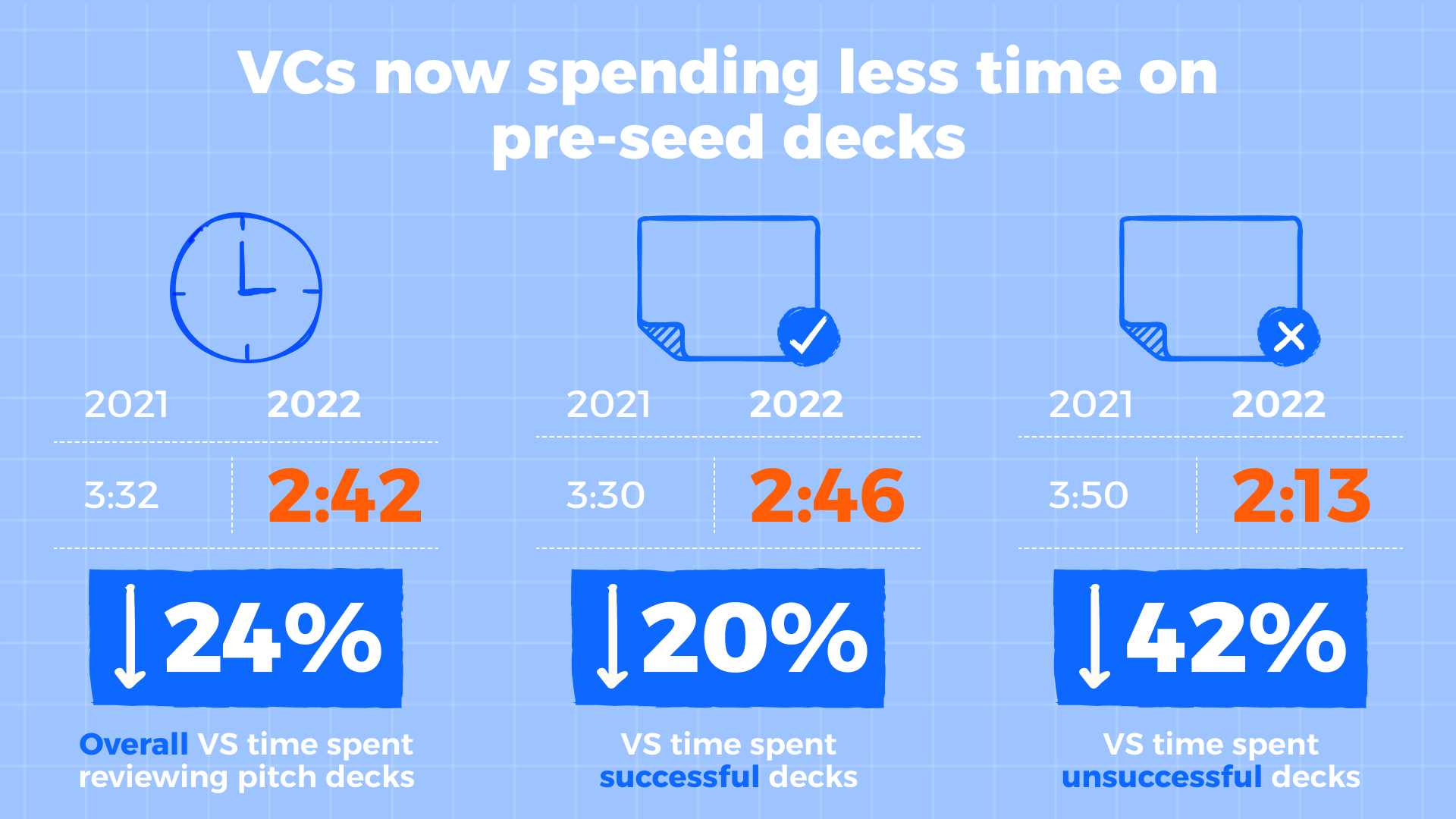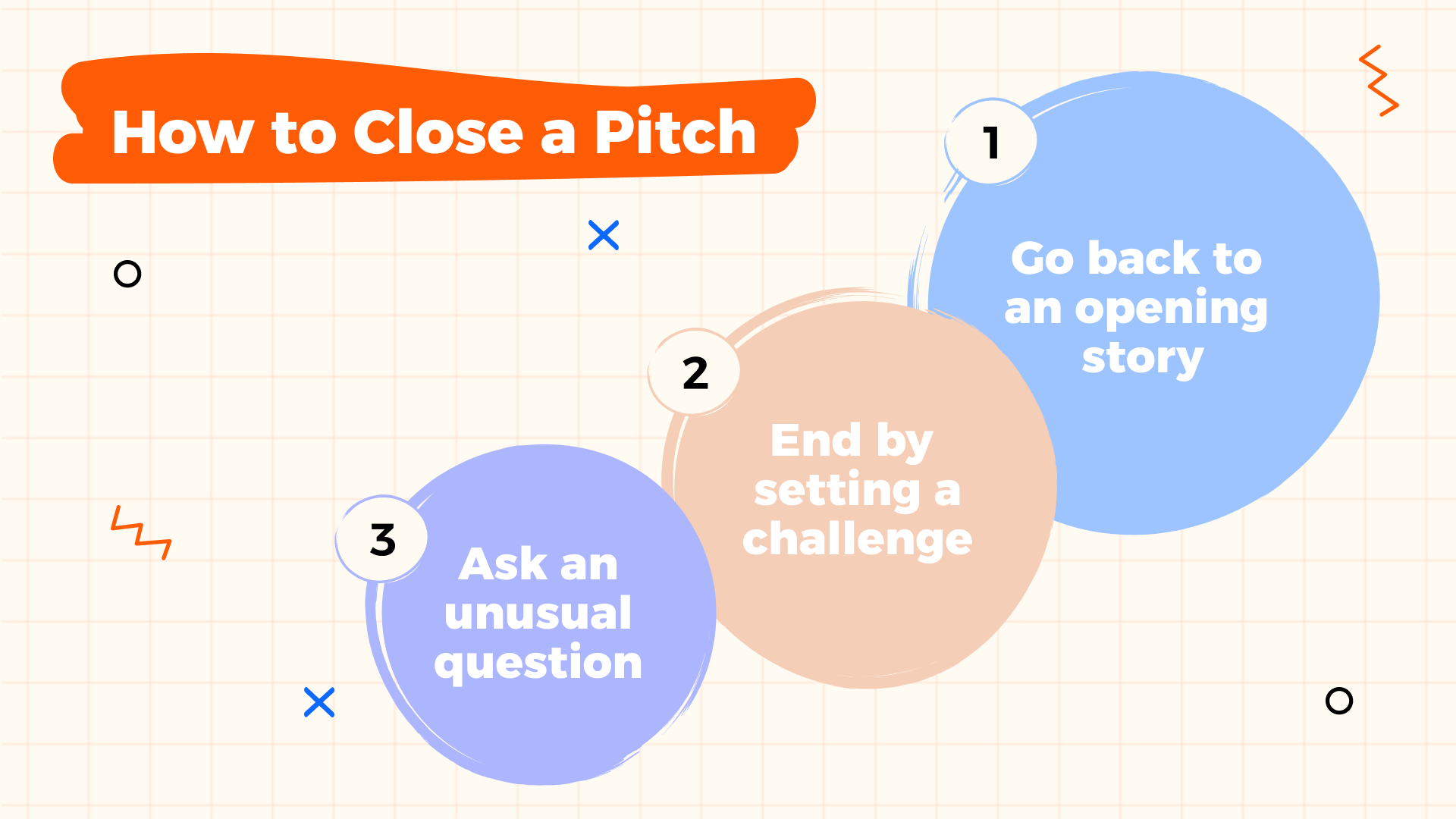
Top Tips on How to Pitch Your Business Idea to Investors

More and more people worldwide are dreaming of starting their businesses. For instance, TechJury reported that about 65% of adults in the UK wanted to become entrepreneurs in 2020, and this number continues to grow.
However, starting a business isn't without its challenges. In the USA, for example, one-third of small businesses start with $5,000 or less in initial capital. Furthermore, CNBS reported that 47% of new businesses failed in 2022 due to insufficient funding.
Securing investment is crucial if you're looking to launch a startup today. Even established businesses can run into financial difficulties and need to attract investors. But to do that, entrepreneurs need to know how to pitch their businesses effectively.
That's where we come in. At Whitepage, a presentation design agency, we know how to pitch your business idea to investors.
So, let's dive into our top tips.
Understanding Your Audience
Before diving into your pitch deck design, dive deep into researching potential investors in the market. Such research is crucial as it helps uncover the following insights:
- Interests and motives of prospective investors. You may highlight the corresponding features of your startup in a presentation;
- Investors' strategies for business investments, such as equity, convertible debt, and others. Be sure to include their preferred funding mechanisms in your pitch deck.
To properly research prospective sponsors, experts recommend also considering the following aspects:
- certain regions and sectors in which potential investors are interested;
- level of involvement of investors (you should find out how active they are in helping the companies they put money into);
- chosen sponsors' typical check sizes;
- valuations of businesses that potential investors commonly fund

Deep research assists in discovering unsuitable VCs at an early stage. As a result, you save time when learning about potential financial supporters.
Using Storytelling
Most scientists claim emotions play an essential role in decision-making. The human brain is more prone to processing well-told tales than just lists of facts. That's why professional business presentation design services confirm that telling a story within a presentation significantly increases your chances of getting investments.
Storytelling gives you the following advantages when pitching ideas:
- Better audience engagement;
- Creation of an emotional connection;
- Differentiation of your startup/business idea from competitors
Lastly, investors typically spend under three minutes reviewing presentations. Leveraging storytelling allows you to deliver maximum information in this limited timeframe. So, lets dive into how to pitch to investors in under 2 minutes by telling a story.
Explaining Your Business Model
Planning the growth of your business is crucial. Some seasoned business owners suggest that a well-crafted business plan can boost your company's growth by up to 30%. That's why it's so important to have a detailed business model slide when you're presenting your ideas to savvy investors.
Create a concise yet comprehensive description of your company
Here's a tip: outline your startup's goals, vision, and mission. It's also important to describe the products or services you plan to offer. Don't forget to mention the regions and markets where you plan to operate.
Pitch your business to investors by outlining your revenue strategy
Investors are in it for profit. Their main goal is to invest in companies that have a high probability of being profitable. So, investors need to understand how your startup plans to generate revenue. You need to provide a straightforward and clear plan on this topic. If not, your chances of securing investment could be slim.
Remember, your pitch is your chance to show potential investors that your business is a worthwhile investment. Make it count!
Presenting Market Analysis
Professional financial forecasting services always conduct a thorough market analysis to show potential investors that you're serious and thoughtful about your business. This not only boosts your startup's credibility, but also increases your chances of securing investments.
Including the results of your market analysis in your presentation allows you to highlight:
- Your rivals' weaknesses that you’re going to consider in your company's workflow;
- The general outlook of a sector you will work in;
- Need for your product or service in the market.

To convince investors, it's recommended to include the following in your market analysis:
- The rate of growth of your market, backed by real numbers;
- The most popular products or services offered by your competitors;
- Detailed pricing conditions;
- Recent failures of your competitors, and your thoughts on how to avoid similar situations;
- Statistics on the pain points and needs of your target audience
Remember, market research helps you focus on your customers. According to a Deloitte report, this customer-centric approach can boost a company's income by up to 60%. This makes your startup even more attractive to potential investors.
Introducing Your Team
Every company's success hinges on its team. The more skilled your team members are, the more effective your business is. That's why it's important to not only share your team members' names and roles, but also their experience and any relevant projects that they've worked on.
Don't hesitate to showcase your team's qualifications and achievements. If they've participated in international competitions or have notable accomplishments - make sure to highlight these as well.
Lastly, let investors know how you plan to manage your team. According to Zippia, about 86% of team leaders believe that a lack of collaboration is a major cause of business failures. Show your potential investors that you have a plan to foster a cooperative and productive work environment.
Sharing Financial Projections
While the prospect of high returns can certainly attract investors, the best pitch deck examples also provide realistic financial projections for the discussed startup. This allows investors to offer you more favorable investment terms.
However, when presenting to investors, don't focus solely on the potential risks. It's important to balance the discussion of potential risks with the benefits that can more than offset any potential financial losses. This approach allows you to be honest with potential investors while keeping their attention on your startup's strengths.
Making the Ask for Funding
According to TechCrunch, investors spent 24% less time watching presentations in 2022 compared to 2021. So, if you've managed to keep their attention throughout your pitch, that's a great sign.

However, many entrepreneurs still hesitate when it comes to asking for funding, even when the audience is engaged. Remember, investing in your business can be a win-win situation.
Here are some ways to ask for investment:
- Specify the amount of money your company needs for a certain period to purchase specific tools or services that will help your business grow.
- Convince investors that, given a successful investment, your company is capable of returning their investment with a profitable margin.
Outline the fate of investors' funds if the targeted goals aren't met. This demonstrates your responsible business approach and assures investors that their backing isn't taken lightly.
Addressing Questions and Concerns
Wondering how to pitch your business to investors, it's important to know your startup inside and out, including its strengths, weaknesses, and the characteristics of the industry you're entering. You might also consider having experienced managers review your presentation to identify any potential weak spots.
If you don't have immediate answers to investors' questions or concerns, here are some tips:
- Stay calm. It's okay not to have all the answers.
- Don't dismiss objections. Instead, acknowledge them and express your understanding of their concerns. After all, there's no such thing as a risk-free business.
- Ask follow-up questions. This can help you better understand the investors' objections and formulate a suitable response.
- Request time to think. Let the investors know that you have several ideas on how to address their concerns and need time to decide on the best approach.
- Consider making counteroffers. For instance, if an investor wants a larger share of your company in exchange for funding, you could propose offering additional services instead.
Closing a Pitch
A popular way to conclude your pitch is with a thought-provoking quote. It could be from a well-known novel or a lesser-known source. The key is to choose a quote that sparks curiosity and possibly leads to a more in-depth conversation between you and the potential investors.
Go back to the start
Starting your presentation with an engaging story or joke is a great way to grab your audience's attention. You can enhance this effect by circling back to that story at the end of your pitch. This technique, known as "closing the loop," adds a touch of intrigue to your presentation.
End by setting a challenge
Adding a challenge to the end of your pitch can create a sense of drama. Remember, every big achievement starts small. Even Steve Jobs started by assembling computers at home. Inspire your potential investors with a challenge that could change the world in some way.
Ask an unusual question
This is another way to transition into a more informal conversation, a crucial part of knowing how to pitch investors. Ask the investors if your presentation has changed their perspective or worldview. You could even ask if they're ready to invest in your company today. If not, inquire about their reasons.

Follow-Up After a Pitch
Following up is crucial to show your professionalism, commitment, and genuine interest in meeting the needs of potential investors.
Here are some follow-up strategies:
- Email: Send the first email within 48 hours of your presentation. Subsequent emails should be sent at least one day apart. Personalize your follow-up emails and limit them to three or four if there's no response;
- Phone calls: This can be more effective than email, but make sure the investors are open to this type of communication;
- Social media: Engage with potential investors by commenting on their posts, sharing their content, etc. When messaging directly, strike a balance between casual and professional conversation;
- CRM apps: These can automate your follow-up emails, saving you time and effort. However, they may be less personalized than the other methods;
- Always monitor the progress of your follow-up strategies. Evaluate their effectiveness and make adjustments as necessary
Final Thoughts
Get to know your potential investors' expectations and captivate them with your unique story. Showcase a well-thought-out business model and comprehensive market analysis. Highlight your team and confidently ask for funding. Remember, investor partnerships can be a win-win.
Be ready to tackle questions and objections ahead of your presentation. End your pitch with a provocative challenge, an uplifting quote, an intriguing question, or by rounding off your opening narrative. And always remember to follow up.
If you have any questions or need help in preparing your presentations, contact us and get ready to make your best pitch!
Talk to a presentation design expert now!
Let's Talk
FAQ

Read more



.avif)

.webp)
.webp)




































